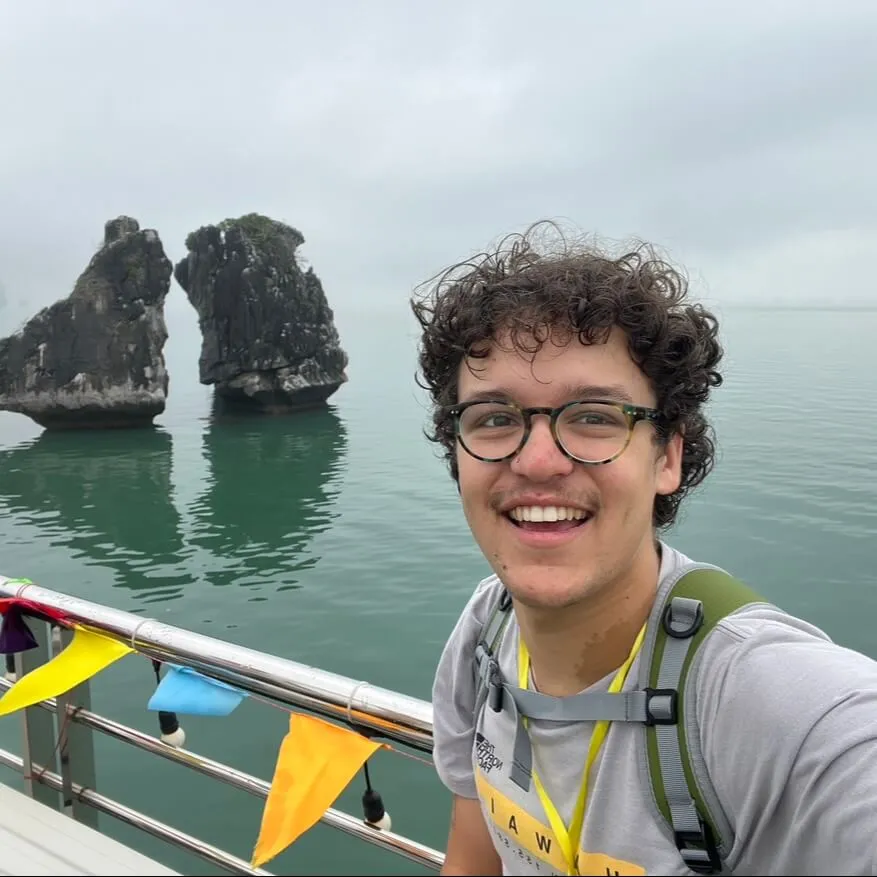Unit 1: Language and communication
Students explore the nature and functions of language as a system of signs and conventions, examine the relationship between speech and writing modes, and investigate how situational (field, tenor, mode) and cultural contexts shape language choices. They also study stages of child language acquisition and develop a metalanguage for analysing language in use .
Unit 2: Language change
Focus is on the historical development of English—events like the Great Vowel Shift and innovations such as the printing press—plus changes across subsystems (phonetics, morphology, lexicology, syntax, semantics). Students analyse attitudes to change (prescriptivism vs. descriptivism), trace etymologies, and examine the global spread of English (pidgins, creoles, lingua franca) .
Unit 3: Language variation and purpose
Learners investigate how formal and informal registers operate in spoken, written and electronic texts, analysing grammatical/discourse structures, word choice and the functions of language. They study how function, register and context influence variety, and build skills to describe relationships between words, sentences and texts using appropriate metalanguage .
Unit 4: Language variation and identity
Students examine varieties of English in contemporary Australian society (Standard Australian English, migrant ethnolects, Aboriginal English), explore overt/covert prestige and code-switching, and analyse how language constructs, negotiates and challenges individual and group identities. They apply metalanguage to systematically describe attitudes to and functions of different varieties
%20(1).webp)








.webp)
.webp)
.webp)










.webp)




.webp)



.webp)











.webp)
.webp)
.webp)








.webp.crdownload.webp)
.webp)
.webp)
.webp)
.webp)
.webp)






-min%20(1).webp)
